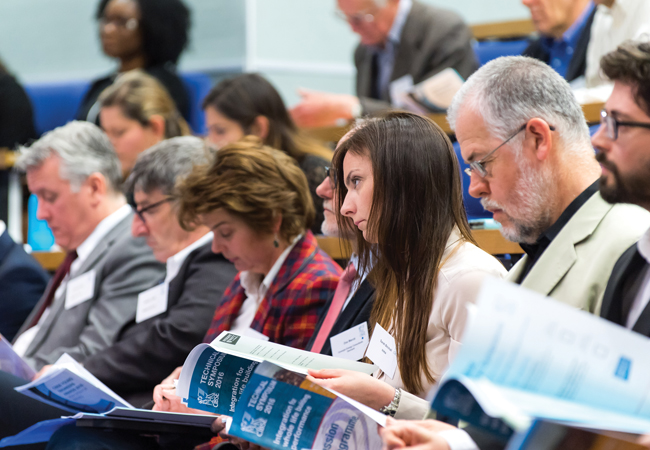
There is only one month to go until the 2017 CIBSE ASHRAE Technical Symposium, held at Loughborough University on 5-6 April.
Over the next four weeks, the CIBSE Journal will highlight some of the papers that will be presented at the event, giving you a flavour of what to expect at the seventh Technical Symposium.
This year’s theme is ‘delivering resilient high performance buildings’, which is inspired by this year’s ASHRAE and CIBSE presidential themes, respectively ‘Adapt today to shape tomorrow’ and ‘Improving
performance’.
The aim of the 2017 Technical Symposium is to provide evidence of the successful adoption of resilience in the design and operation of buildings.
A preliminary agenda is available at the CIBSE website.
In our first mini-preview, we look at papers by Kevin Kelly, of the Dublin Institute of Technology, Ireland, and Tom Lawrence, of the University of Georgia, Atlanta.
New lighting design methodology by Kevin Kelly
Kelly’s paper will uncover a new interior lighting design methodology. Compared to the traditional methods that commonly consider the average illuminance on a working plane, the proposed new lighting design system is designed for appearance rather than visual performance. It has been suggested that this could offer the prospect of a quantum leap in lighting quality and, Kevin will explain that the new metric of ‘mean room surface exitance’ will provide a route to discover whether this is a better way of designing lighting. He will candidly explore some of the challenges remaining before these new methods can be fully adopted.
Smart grids and building load managment by Tom Lawrence
This paper will consider how the advent of a smart grid opens the potential for smart buildings to participate in load management and demand-response programs in collaboration with the electrical utility or grid system operator. Lawrence will illustrate how the interaction of smart buildings with a smart grid can affect both the occupants’ thermal comfort, as well as the building’s energy consumption – and the corresponding environmental impacts. His paper includes a discussion of how ‘model predictive based controllers’ at the building level could serve as powerful tools to optimise the operation of smart buildings and improve human comfort perceptions, while helping to better integrate renewable energy systems with increased grid stability.
To book your ticket visit the symposium website.
